

Pageblox is a Web SDK that allows internal & external users to review UX/UI changes. Great for PMs & designers to annotate on development builds, or for capturing early customer feedback in production!
Baidu AI Open Platform is a revolutionary technology that offers developers unparalleled access to a range of cutting-edge AI services, including natural language processing and computer vision. Developed by Baidu, this platform has been designed to provide developers with the tools they need to create innovative applications that can revolutionize the way people interact with technology. With Baidu AI Open Platform, developers can access a wide range of AI services, including speech recognition, image recognition, and natural language understanding, all of which can be integrated into their own applications to provide users with a seamless and intuitive experience.
AppVeyor is a popular and reliable hosted continuous integration service designed to support the building and deployment of .NET applications on Microsoft Windows. The platform provides developers with an easy way to automate the build, test, and deployment process, ensuring that their code is delivered in a timely manner. AppVeyor offers a range of features, including customizable build environments, automatic testing, and integration with popular source control systems. With its user-friendly interface and robust functionality, AppVeyor has become a go-to platform for .NET developers looking to streamline their development workflow.
Codeship is an innovative solution that has revolutionized the way developers deliver their applications. It is a hosted Continuous Delivery service that allows developers to test and deploy their apps quickly and safely. With its robust features, Codeship has become a vital tool for businesses looking to streamline their development process by automating testing and deployment. It offers a seamless experience, allowing developers to focus on coding while the platform takes care of the rest. This article will explore the unique features of Codeship and how it can benefit developers and businesses alike.
Codenvy is an innovative enterprise suite of development tools that has revolutionized the way applications are developed, built and deployed. With its cutting-edge features and functionalities, Codenvy offers developers a seamless and intuitive environment for rapid application development. Its powerful tools and streamlined workflows enable developers to work more efficiently and productively, thereby reducing development time and costs. Whether you're a seasoned developer or a novice, Codenvy's user-friendly interface and comprehensive feature set make it an ideal choice for businesses looking to stay ahead of the competition in today's fast-paced digital landscape.
Hasura is an innovative open-source cloud-agnostic backend-as-a-service (BaaS) platform that offers a streamlined way for developers to build, deploy, and manage their applications. This solution provides a scalable, reliable, and secure infrastructure that enables developers to focus on building their application's core features without worrying about the backend complexities. With Hasura, developers can easily integrate their code with multiple databases, APIs, and services, and rapidly create powerful and flexible applications. This article explores the features and benefits of Hasura, highlighting why it's a must-have tool for modern app development.
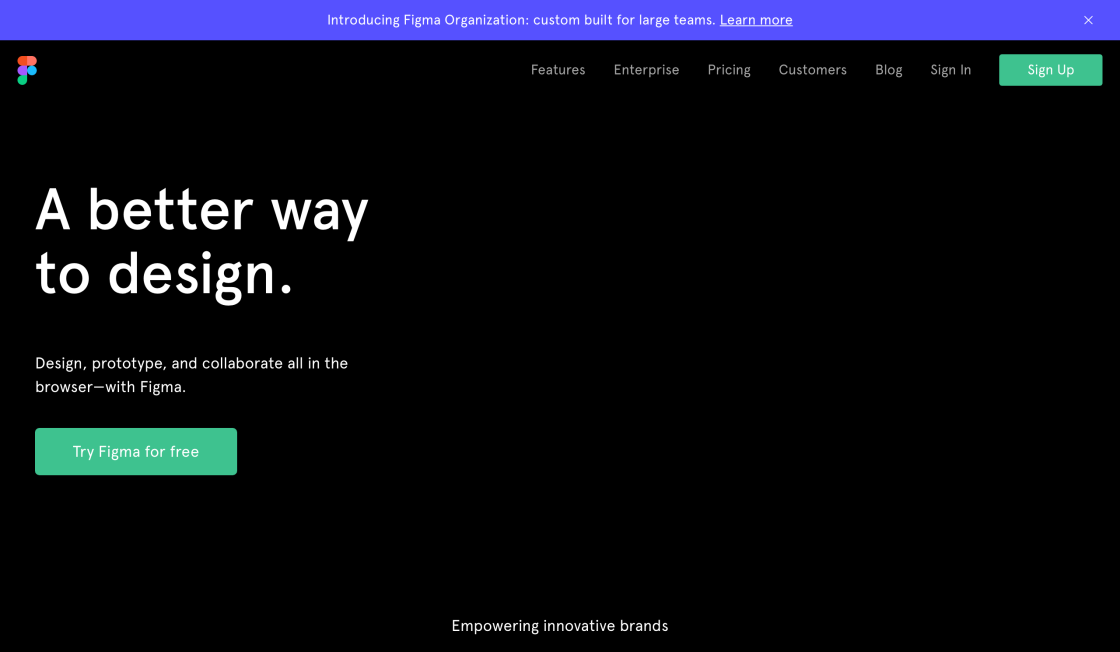
ChatGPT SVG Icon To Figma
AI Powered Design
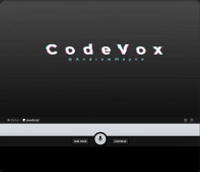
CodeVox
This Tool Lets You Program an Entire App With One Voice Command

MarioGPT
AI-generated Super Mario Levels
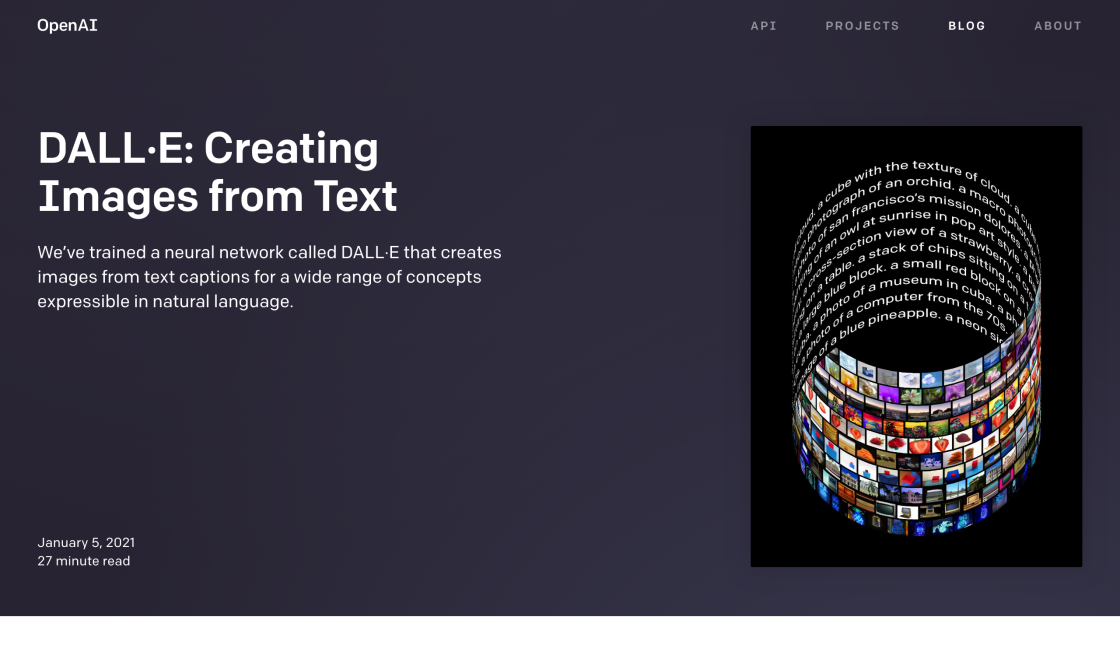
DALL·E By OpenAI
GPT-3 Model for Image Generation
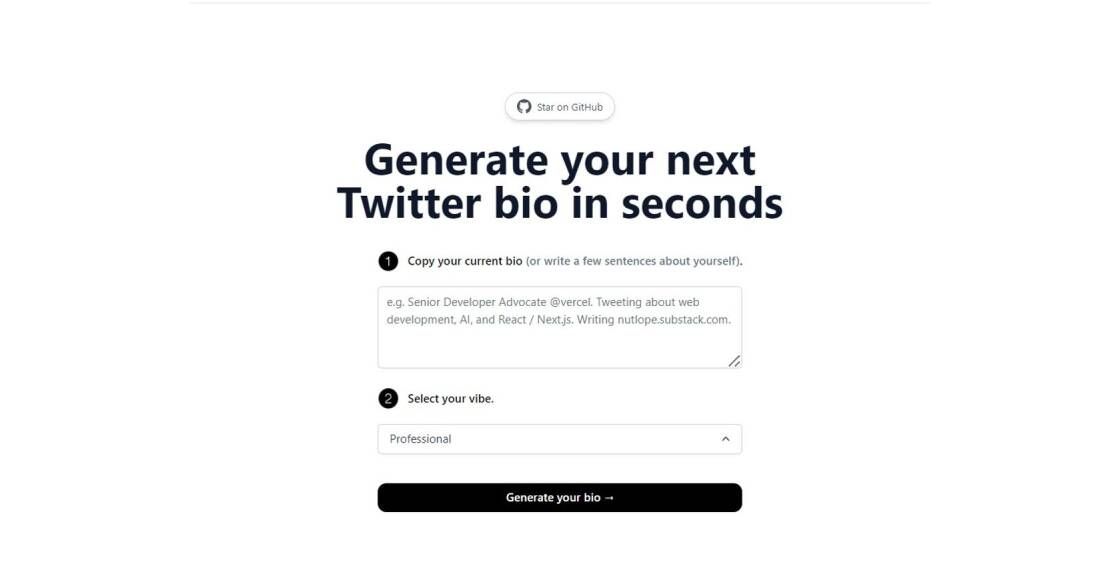
TwitterBio
AI Twitter Bio Generator – Vercel
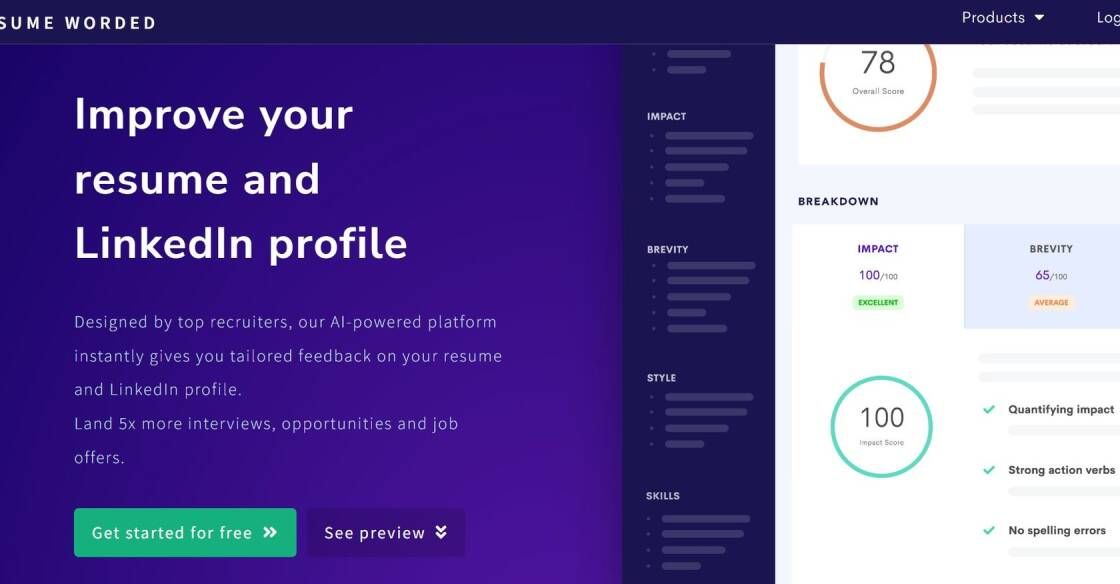
Resume Worded
Resume Worded - Free instant feedback on your resume and LinkedIn profile
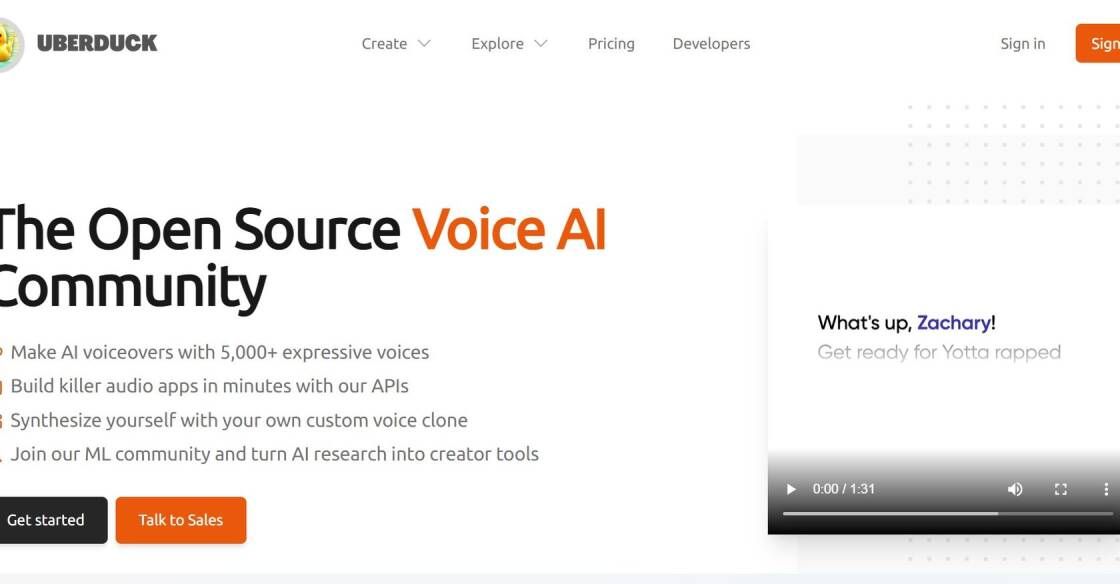
Uberduck
Uberduck | Text-to-speech, voice automation, synthetic media
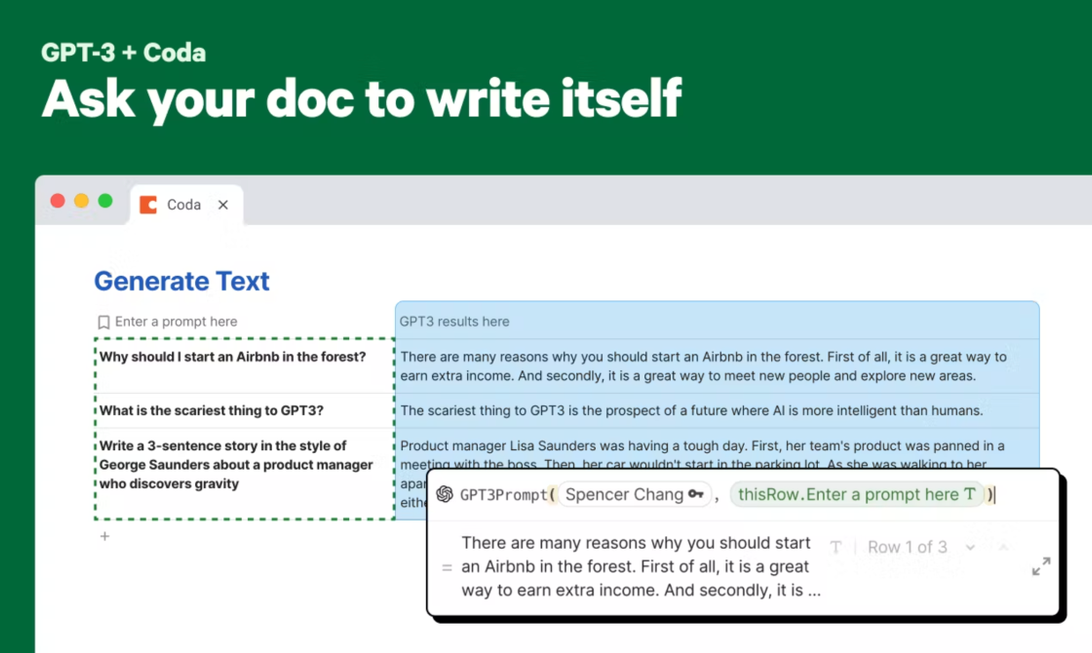
OpenAI For Coda
Automate hours of busywork in seconds with GPT-3 and DALL-E.
Ruby on Rails, also referred to as Rails or RoR, is a popular open source web application framework that has been gaining immense popularity in recent times. Developed using Ruby programming language, this framework is known for its ability to simplify the web development process by offering a range of ready-to-use modules and tools. The framework was first introduced in 2005 by David Heinemeier Hansson, and since then, it has become a preferred choice for developers worldwide due to its flexibility, scalability, and ease of use. Ruby on Rails is designed to follow the Model-View-Controller (MVC) architecture pattern, which separates the data, logic, and presentation layers of an application, making it easier to manage and maintain. With its extensive library of pre-built components, Ruby on Rails enables developers to build complex web applications much faster than traditional programming languages. This introduction will explore the key features and benefits of Ruby on Rails, and why it is one of the most sought after web application frameworks in the industry today.
Ruby on Rails is an open-source web application framework that is written in the Ruby programming language. It is designed to make building web applications easier and faster.
Ruby on Rails is written in the Ruby programming language, which is a dynamic, object-oriented, general-purpose programming language.
Ruby on Rails is popular because it is easy to learn and use, it has a large and supportive community, it is open source, and it has a lot of built-in features that make it easy to build web applications.
Some of the key features of Ruby on Rails include its Model-View-Controller (MVC) architecture, its ability to generate code automatically, its built-in support for databases, and its easy-to-use routing system.
Ruby on Rails can be used to build a wide variety of web applications, ranging from simple blogs and e-commerce sites to more complex social networks and enterprise-level applications.
Ruby on Rails is often compared to other web application frameworks like Django (written in Python) and Laravel (written in PHP). While each framework has its own strengths and weaknesses, Ruby on Rails is known for its ease of use, speed of development, and robust set of built-in features.
While Ruby on Rails is primarily designed for web application development, it can be used to build mobile applications as well, either by using a framework like PhoneGap or by building a backend API for a native mobile app.
Ruby on Rails has a reputation for being easy to learn and use, especially for developers who are already familiar with the Ruby programming language. However, like any new technology, there will be a learning curve for beginners.
Ruby on Rails has a large and supportive community, with many online resources, forums, and tutorials available for developers. In addition, there are many companies and consulting firms that specialize in Ruby on Rails development.
Yes, Ruby on Rails is open source and free to use. There are no licensing fees or costs associated with using Ruby on Rails for your web application development.
| Competitor | Description | Language | Popular Websites | Strengths | Weaknesses |
|---|---|---|---|---|---|
| Django | Python-based web framework | Python | Instagram, Mozilla, Pinterest | High-speed development, scalability, security | Limited community, steep learning curve |
| Laravel | PHP web framework | PHP | 9GAG, Deltanet Travel, Neighbourlink | Modular packaging system, MVC architecture, elegant syntax | Limited flexibility, poor performance |
| Express.js | Node.js web framework | JavaScript | Uber, Accenture, IBM | Scalability, lightweight, flexible routing | Lack of built-in features, steep learning curve |
| Spring | Java-based web framework | Java | Wix, Ticketmaster, LinkedIn | Modular design, strong security, excellent documentation | Steep learning curve, verbose syntax |
| Flask | Python web framework | Python | Netflix, Reddit, Lyft | Lightweight, easy to learn, flexibility | Limited scalability, lack of built-in features |
Ruby on Rails, also known as Rails, is an open-source web application framework that is written in Ruby programming language. It was created by David Heinemeier Hansson in 2004 and has since become one of the most popular web development frameworks.
Rails follows the Model-View-Controller (MVC) architectural pattern, which separates the application logic into three distinct components: the model, the view, and the controller. This makes it easy to manage complex applications and allows for more efficient development.
One of the unique features of Rails is its "convention over configuration" philosophy. This means that developers don't have to spend a lot of time configuring the framework. Instead, Rails comes with a set of conventions that are designed to make development faster and more efficient.
Rails also includes a number of built-in tools and features that make it easy to build web applications. For example, it includes a powerful database migration system that allows developers to make changes to the database schema without having to manually update the database.
Another advantage of using Rails is the large community of developers that contribute to the framework. This means that there are many resources available for learning and troubleshooting issues.
Overall, Ruby on Rails is a versatile and powerful framework for building web applications. Its ease of use, built-in tools, and strong community make it an excellent choice for developers of all skill levels.
TOP